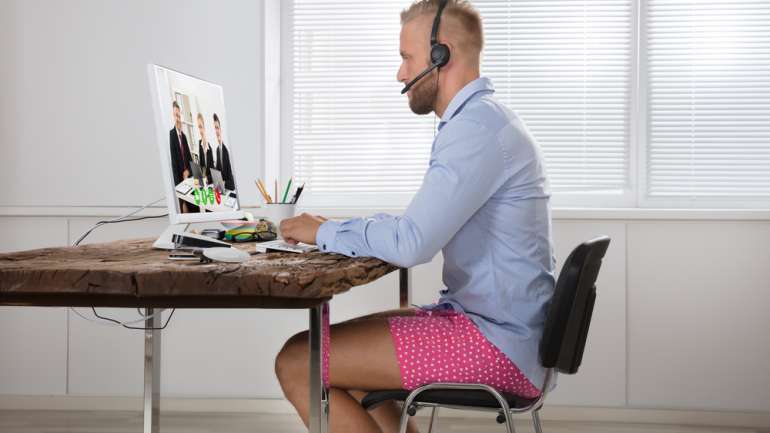‘Can you see my screen now?’ seems to be the phrase of the day as Zoom calls and virtual meeting rooms become the go-to for many of us.
It’s strange and fascinating how quickly the world shifted to this new work paradigm. For decades, managers have laid high stress on punctuality, showing up first, leaving last, and today, all of that is gone.
It’s all down to the basics now: Are you getting your job done? Are you fulfilling your responsibilities? Where, how, when, and in what attire aren’t measures of productivity anymore.
My team and I have been working on this switch for about four years now, so when it came to it, we were amongst the first teams in the office to comfortably switch to remote working.
When you see what we’re all getting out of it, I think you might be more compelled to make remote working a norm.
Here’s where it all began.
My Old Paradigm
I used to be an ‘office’ guy back when I ran an Insurance brokerage.
I had a 20-minute door-to-door commute, a 15-to-35-minute greetings, questions and conversation-dotted walk to my office door, and before I could get anything productive done, I had to be out of the door again for my first client meeting of the day.
It sounds like a typical morning for most bosses and managers, doesn’t it?
No wonder I felt compelled to work until late in the evening. I only started focused work halfway through my morning, and even that lasted a questionable 30 minutes before all the noise of the day took over.

The Switch
When I switched gears and decided to step out of owning and running the Insurance brokerage, I knew my model of efficiency could and needed to change.
I spoke with the firm I have been representing since then and said I wouldn’t need a fixed desk space at all, but would ‘hot desk’ it as required, if required.
I hired a team with a clear understanding that we would all be functioning primarily over phone calls and email, that we would meet once a week and have one ‘strategy’ meeting a month to iron out operating details and game plan for the month.
So today, without the daily commute, the wait to get into the parking lot, the drives between meetings, and the unnecessary distractions that come with stepping into an office, I’ve given myself back about 2 hours a day.
10 hours a week.
Four hundred hours a year, if you work a 40-week year.
That’s a lot of a very precious commodity – time.
Our New World Order Had Been Brewing A While
I wanted to pass that forward to my team, too. I wanted to give them back those two hours a day.
So, we decided to start one day at a time, and I asked them to operate remotely every Thursday. We didn’t have it down completely, to be honest. They were all used to an ‘office infrastructure’ around them. So most of those week (read all of those weeks) it failed miserably.
Habit? Conditioning? Perhaps.
And then COVID-19 happened to the world, and habits and conditioning didn’t matter.
Working remotely, working from home has become the need of the day today, and teams that can’t make it happen are struggling massively to remain aligned and productive.
For us, the switch was relatively easy. I was already in a full-fledged remote working model, so all my interactions with the team stayed as they were.
The team took a week or two to get used to coordinating and working without being a shoulder-tap away from each other, but it all fell into place pretty quick because we had been practicing.
We’re all, thankfully, healthy and well, and so the new work model has given everyone back that extra time in the day.
Longer breakfasts with their families, the opportunity or time to pursue other personal goals, sharpen skills – there’s so much they can do with that time.
My point?
I think that as a result of the COVID-19 crisis, we’re learning one more thing as a race apart from how often we should be washing our hands.
We’re learning that work, as we know it now, might not be the most efficient way to perform. While some businesses definitely need a brick and mortar set-up, warehouses, and staff that is physically present at work, many don’t.
And if we do accept that and switch into this new working model even after we have a better handle on COVID-19, we might be in for an essential paradigm shift.
For a place like Dubai, I think this shift can also unclog more than just schedules: fewer people driving to work every day will mean lighter rush hours and a significant drop in car emissions.
Worth the change, all in all, I’d say.

